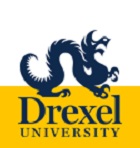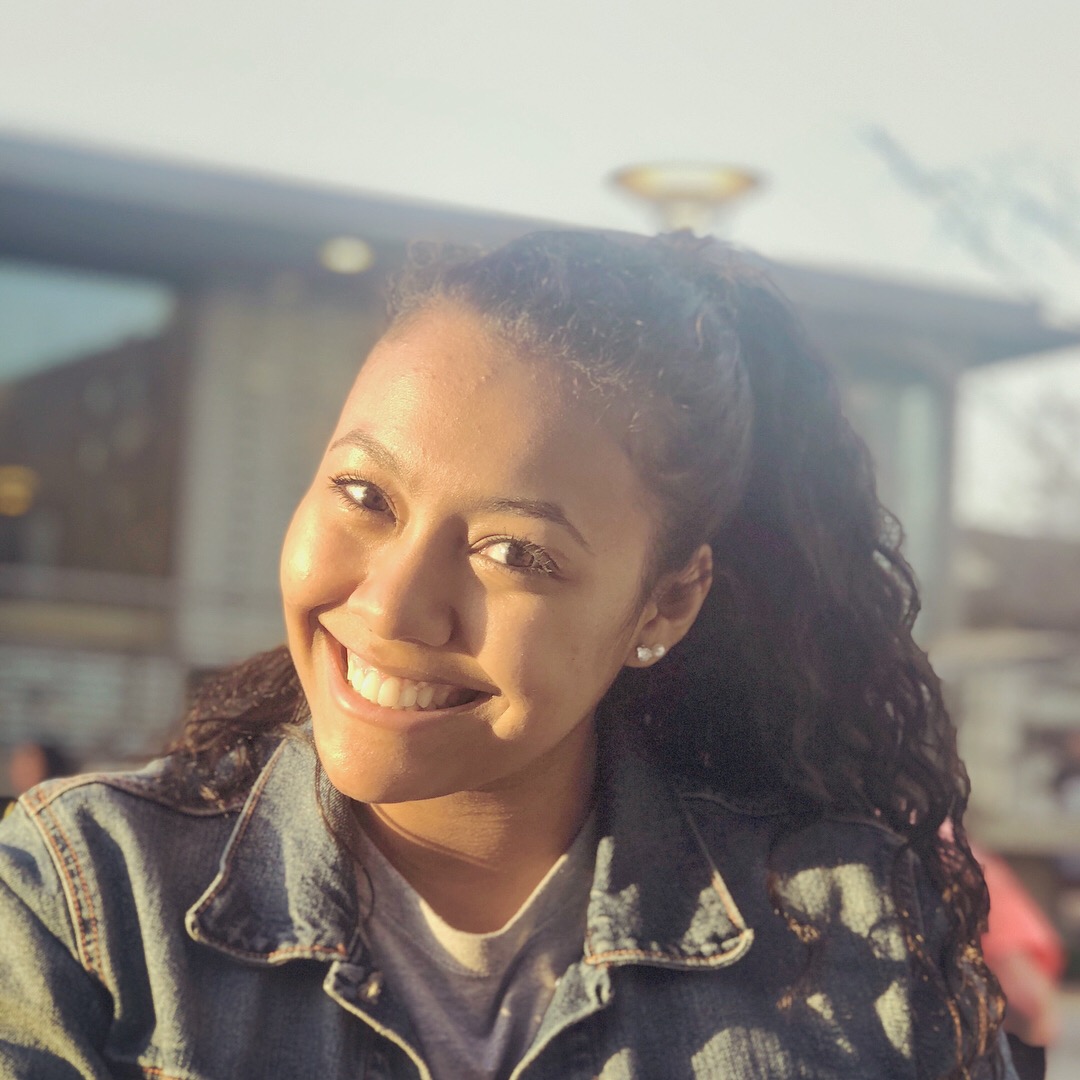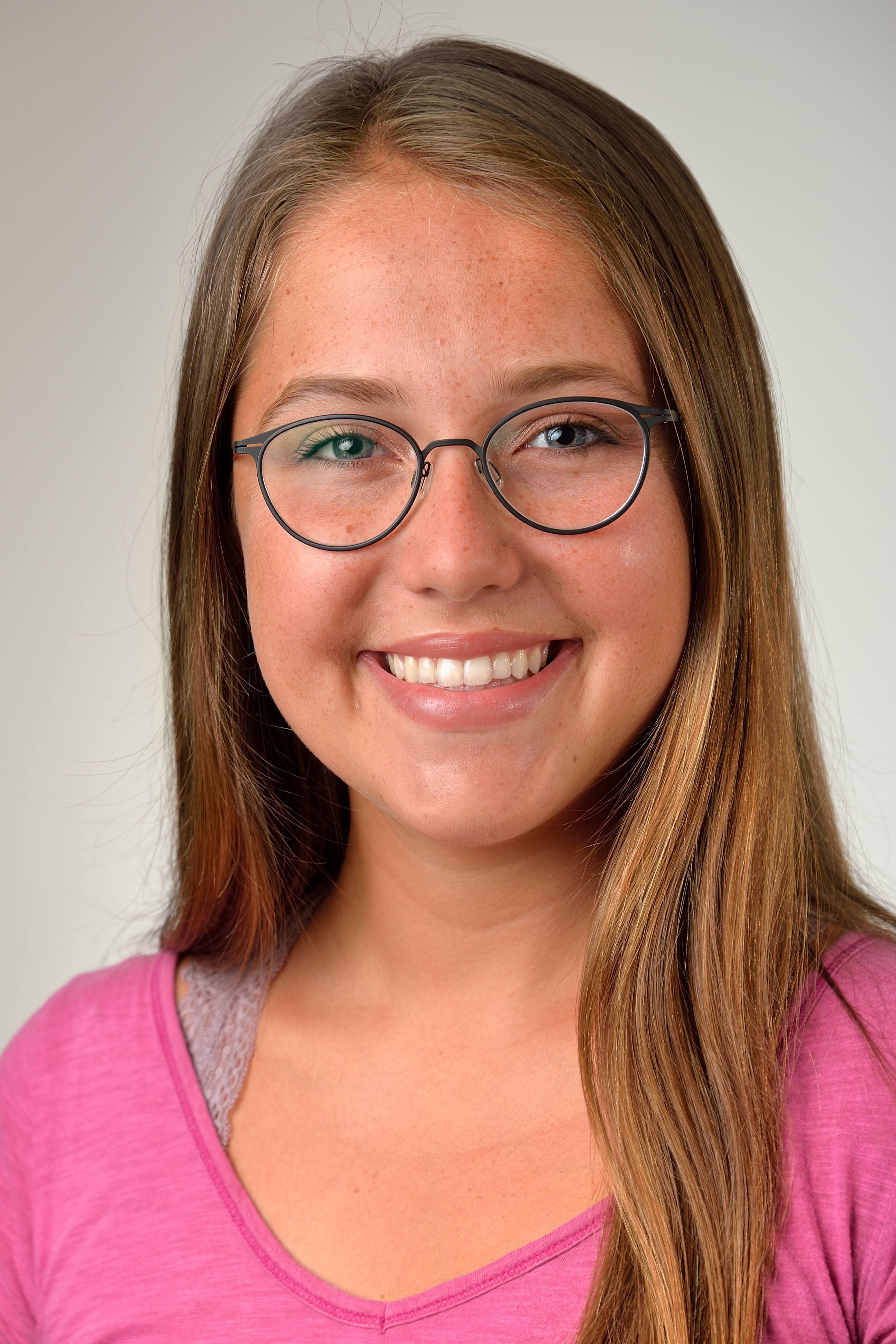Below is a summary of the abstract you submitted. Presenting author(s) is shown in bold.
If any changes need to be made, you can modify the abstract or change the authors.
You can also download a .docx version of this abstract.
If there are any problems, please email Dan at dar78@pitt.edu and he'll take care of them!
This abstract was last modified on May 2, 2018 at 12:47 p.m..

Drexel University undergraduates isolated and purified 89 unique bacteriophages that infect Mycobacterium smegmatis mc<sup>2</sup> 155 in the Fall of 2017; and have successfully completed a third year in the SEA PHAGES program. From these, eight phage genomes were sequenced, and represent three different clusters and subclusters, including four F1 phages: JoeyJr, Nimbo, Phappiness, and QuickMath. These sequenced genomes were annotated throughout the Winter quarter. Genomic comparisons with other F1 phages indicate that QuickMath has the highest level of diversity compared to JoeyJr, Nimbo and PHappiness. The highest sequence similarity observed for QuickMath is 83% coverage with phage Kimberlium. In the Spring quarter students conducted independent wet lab research projects to characterize the growth patterns of these F1 phages under varying conditions. Experimentation involved testing differing growth variables such as incubation temperature, pH, ion source in phage buffer, exposure to different proteins during infection, and growth in the presence of various sugars. In addition, because F1 cluster phages contain the gene encoding for integrase, they can potentially form stable lysogens. Therefore, creating and testing lysogens was explored.


